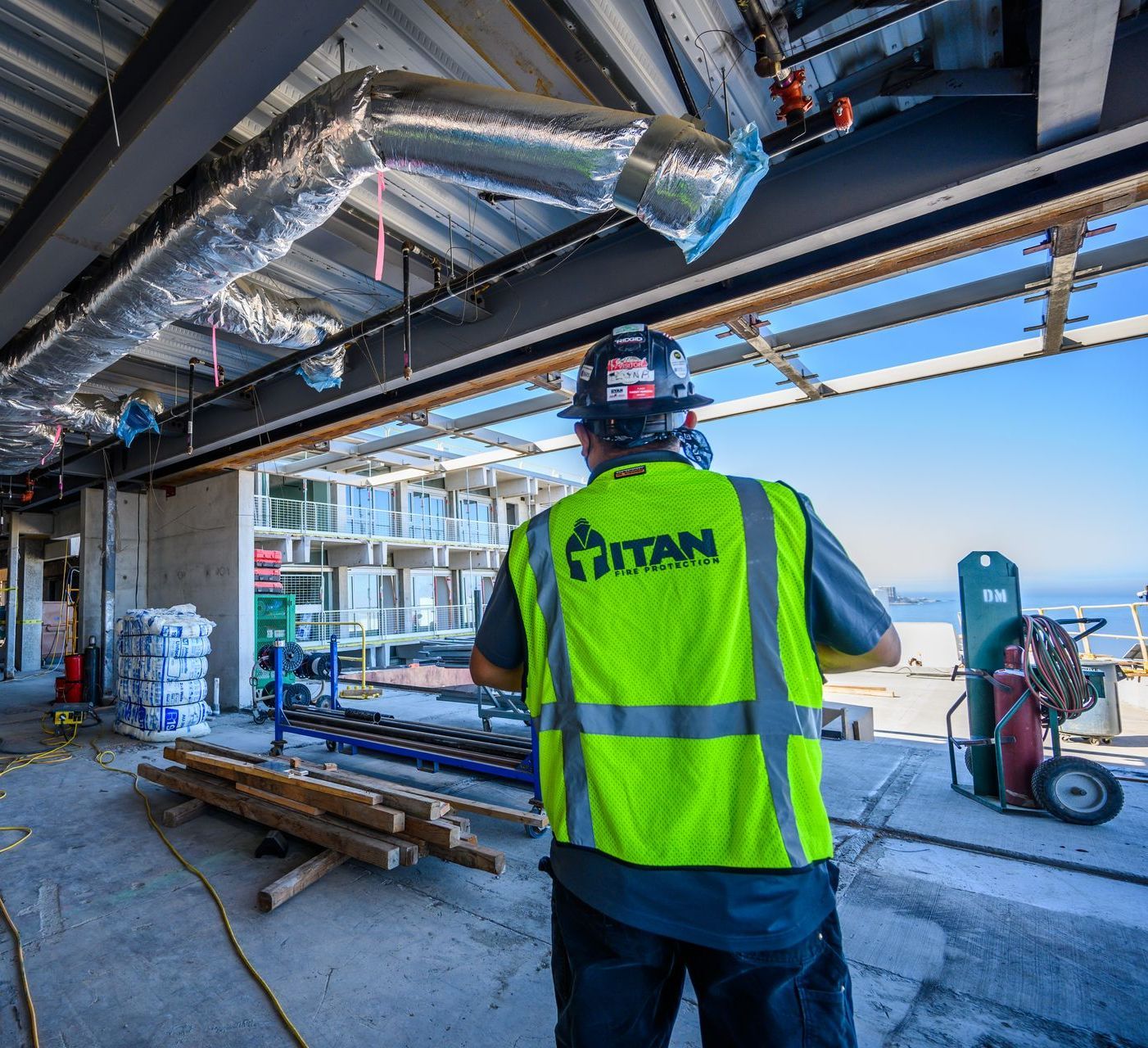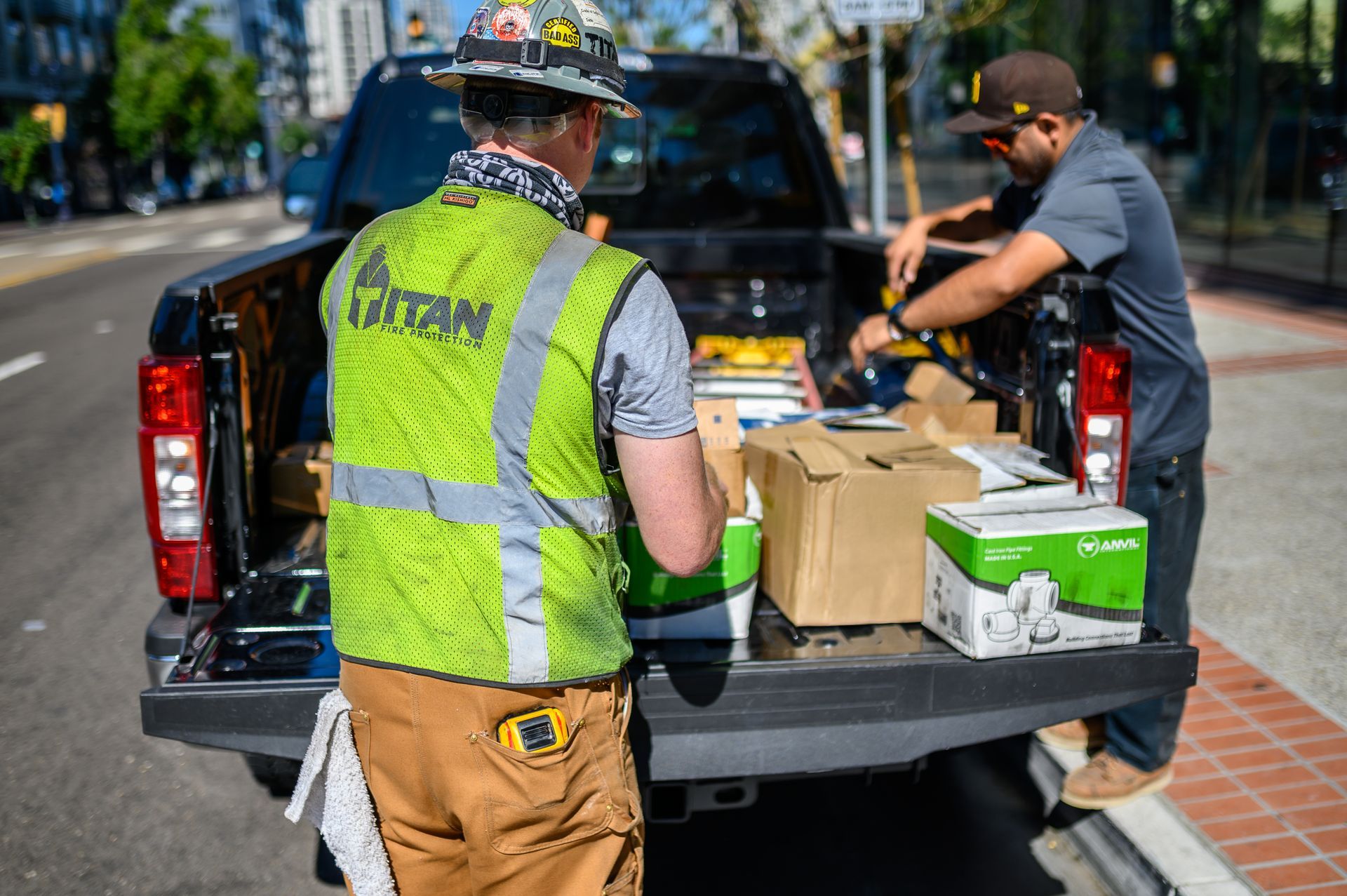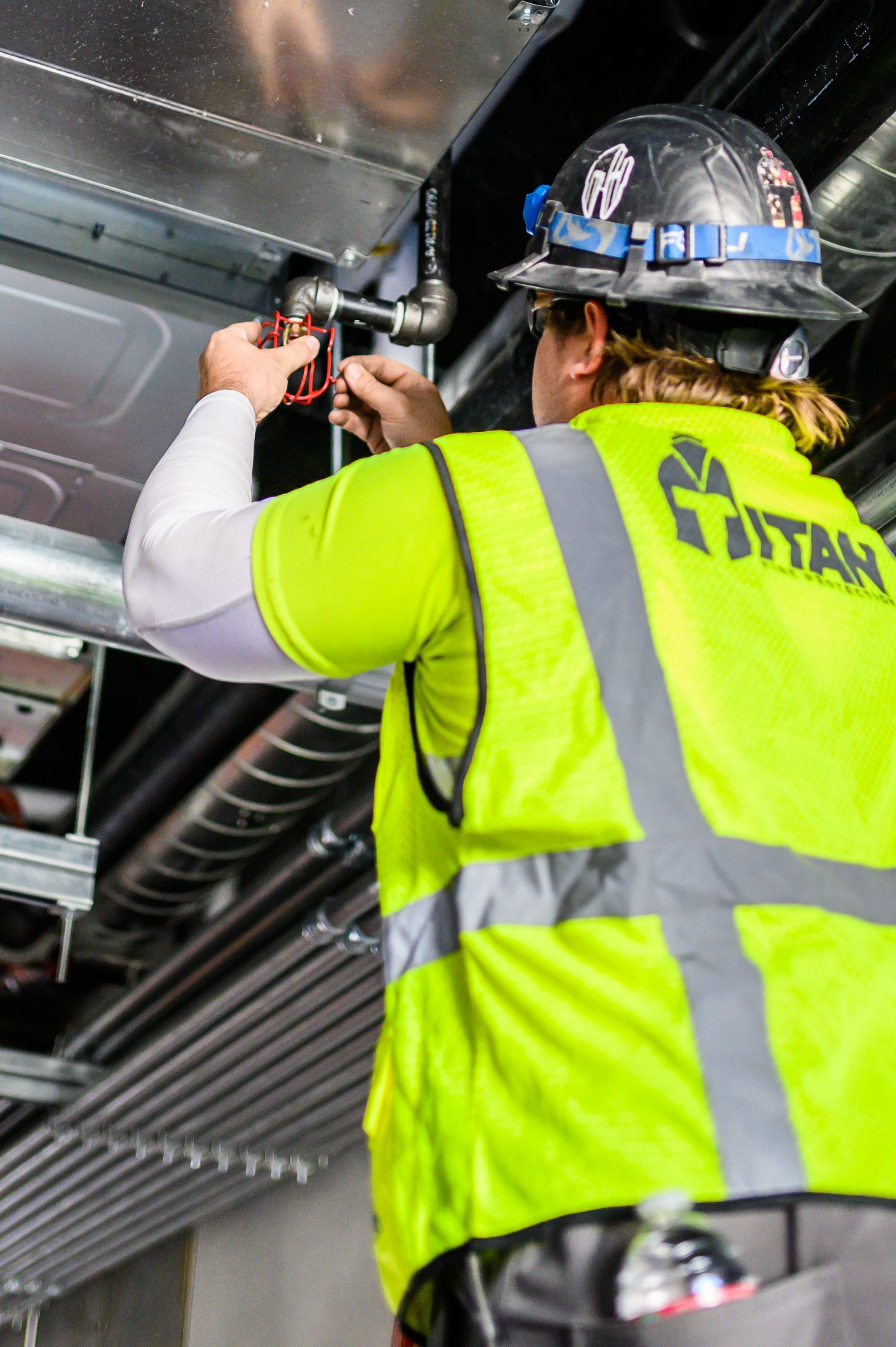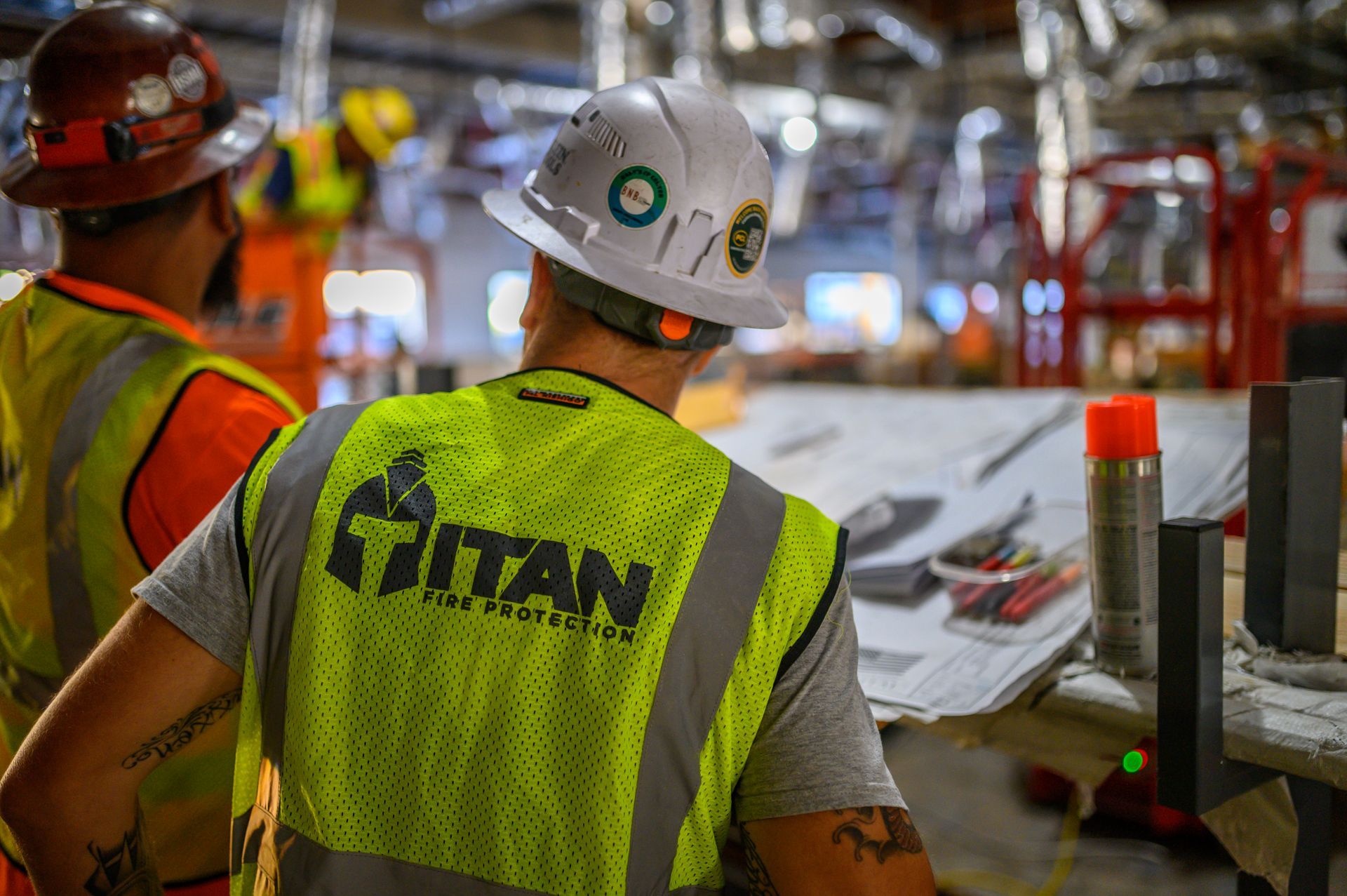A Holistic Approach to Fire Protection: Beyond Code Compliance
When it comes to safeguarding lives and property, fire protection is not just about meeting minimum code requirements—it's about creating a comprehensive, integrated system that ensures safety at every level. At
Titan Fire & Life Safety, we believe in a holistic approach that goes beyond compliance to deliver robust, reliable, and responsive fire protection solutions.
Integrated Systems for Comprehensive Safety
Effective fire protection involves more than just installing sprinklers or alarms. It requires a coordinated system where each component works seamlessly together. Our services include:
- Fire Sprinkler Installation & Design: Custom-designed systems tailored to your building's specific needs, ensuring optimal coverage and performance.
- Fire Alarm Systems: Advanced detection and notification systems that provide early warnings, allowing for timely evacuation and response.
- Fire Suppression Systems: Specialized systems for high-risk areas, such as kitchens or server rooms, to quickly control and extinguish fires.
- Fire Extinguishers: Strategically placed and regularly maintained extinguishers to address small fires before they escalate.
- Inspection, Testing & Maintenance: Regular checks and servicing to ensure all systems are operational and compliant.
- UL Listed Monitoring: 24/7 monitoring services that provide real-time alerts and rapid response to fire incidents.
- Fire & Life Safety Consulting: Expert guidance to assess risks, plan for emergencies, and implement effective safety strategies.
Training: Empowering People to Act
Even the most advanced systems are only effective if people know how to use them. That's why we emphasize comprehensive training programs for your staff. Our training covers:
- Fire Safety Procedures: Educating employees on evacuation routes, alarm protocols, and emergency contacts.
- Hands-On Drills: Conducting regular fire drills to ensure everyone knows their role during an emergency.
- Equipment Use: Teaching proper use of fire extinguishers and other safety equipment.
Empowered employees are the first line of defense in an emergency, and our training ensures they are prepared to act swiftly and safely.
Real-World Applications: Proven Success
Our holistic approach has been successfully implemented in various projects, including:
- Pacific Center Pipe Replacement: Complete overhaul of fire protection systems in an occupied office space.
- Building 9334 Space Command: Modification of fire sprinkler systems to accommodate new building improvements.
- Fire Air Rescue Ops Facility: Installation of a new wet pipe automatic fire sprinkler system throughout the facility.
These projects demonstrate our ability to design and implement comprehensive fire protection solutions that meet the unique needs of each client.
Beyond Compliance: A Commitment to Safety
At Titan Fire & Life Safety, we understand that true safety goes beyond ticking boxes on a compliance checklist. It's about creating a culture of preparedness, integrating advanced technology, and ensuring that every component of your fire protection system works together harmoniously. Our holistic approach ensures that you're not just meeting the minimum standards—you're setting a higher standard for safety.
